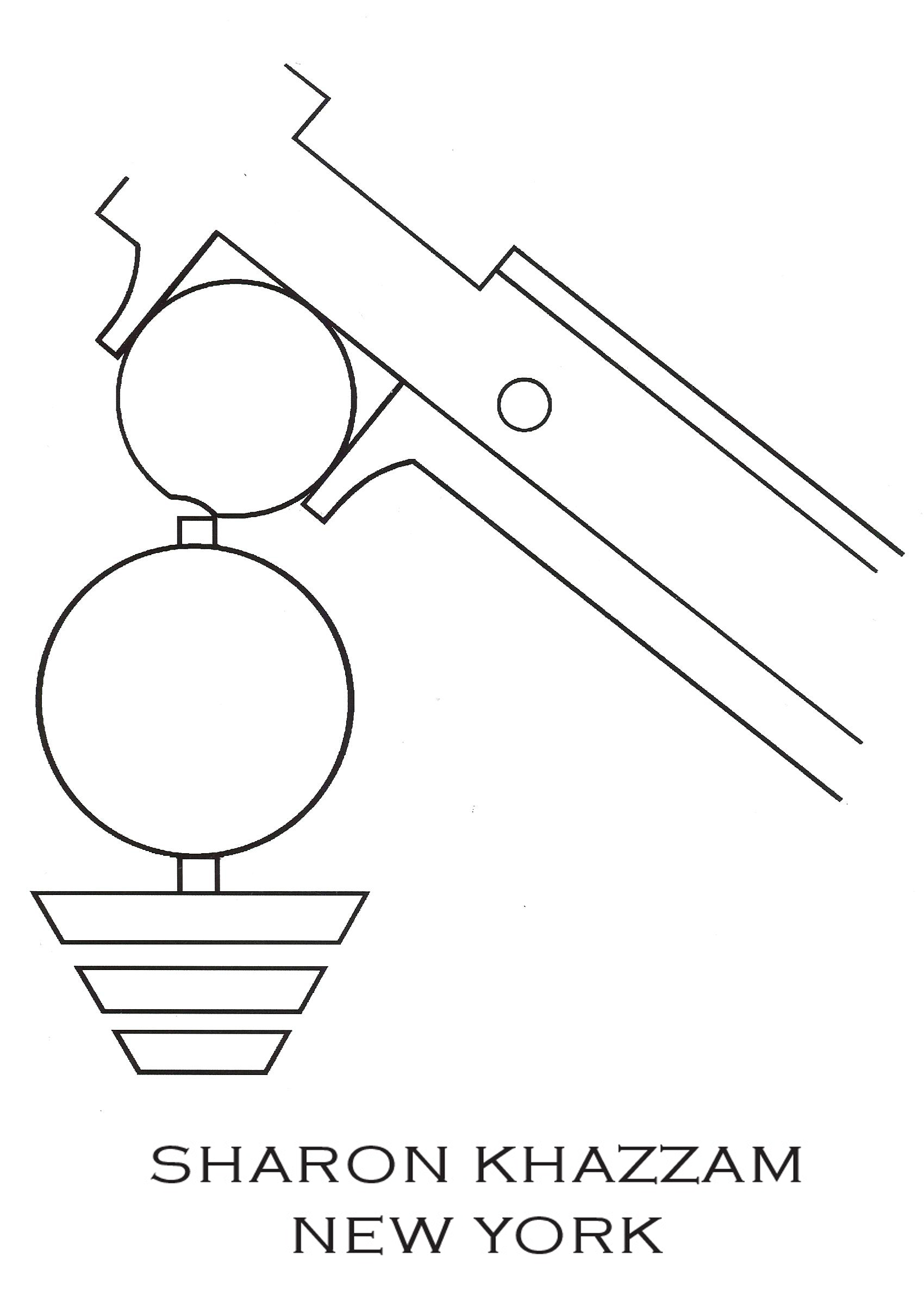Costume Jewelry
“The term ‘costume jewelry’ wasn’t actually coined until the 1920s, but the concept is in fact as old as our most ancient civilizations. From as far back as pre-Christian Mesopotamia, via ancient Egypt to the Roman Empire, and from the Middle Ages and the Renaissance right up to today, people have always derived great pleasure from adorning themselves with decorative artifacts, although undoubtedly beautiful, are not, however, in themselves necessarily valuable, unlike precious jewelry.
The story of costume jewelry is a fascinating reflection of social history. It lies partly in the constant quest for the new: for amazing new materials and the most modern methods of manufacture. Above all, however, it is the story of the never-ending and tantalizing search for the new in both fashion and style,”
“Highway robbery was a significant problem in the 18th century. So wealthy people took the precaution of having their favorite pieces of jewelry copied in paste and pinchbeck, for use when traveling. Pinchbeck was the first really successful gold substitute. True pinchbeck was only made by Christopher Pinchbeck and his son until the 1830s, when the term passed into general usage to describe any quality gilt metal. Made from an alloy of zinc and copper, it was highly malleable and had a warm, burnished appearance. Unlike real gold, however, it was relatively lightweight,”
-Costume Jewelry by Judith Miller

